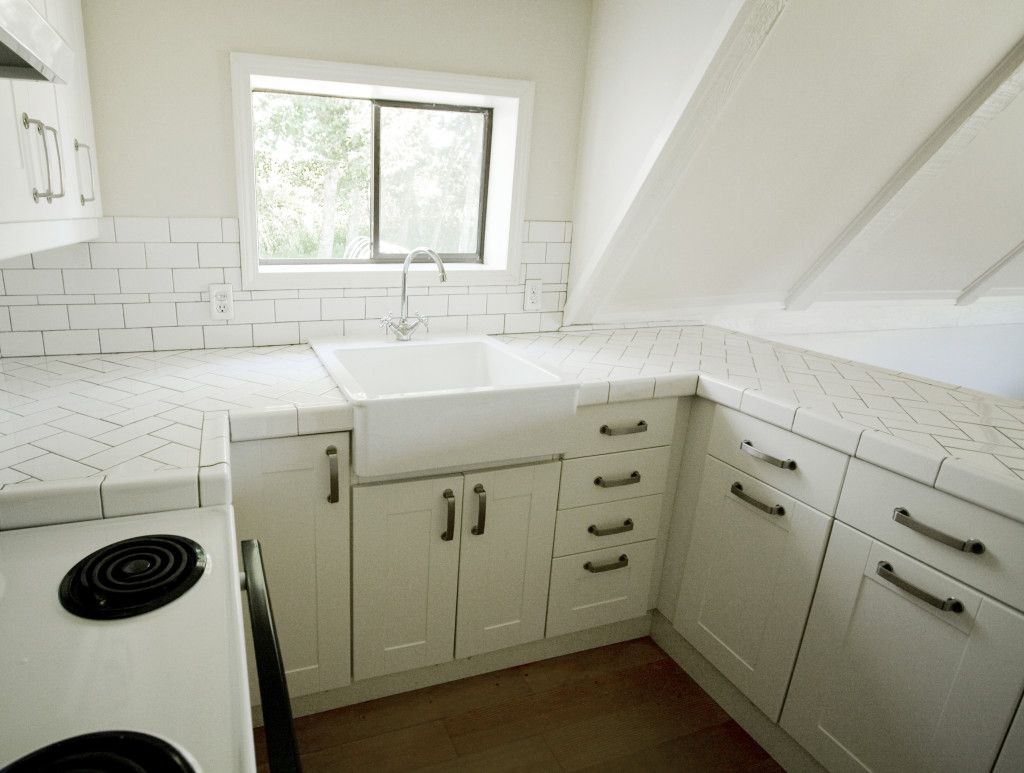Mold — no one likes it, but almost everyone has dealt with it. It’s more than unsightly, it can lead to respiratory problems and worsen conditions such as asthma. Fortunately, mold isn’t something that you have to live with. If it’s time to build your dream home, you can take measures to prevent mold in your kitchen in the first place.
Seal It Tight
Mold often occurs around sealant, which is intended to fill gaps between materials, so consider a product that’s specifically designed to resist mold. Choosing the right sealant to seal sinks, tiles, back splashes and counter tops is key to mold prevention. For years, acrylic caulking was popular, but now silicone sealants have taken the market by storm. Aside from being waterproof, silicone-based caulk shouldn’t shrink or crack, so you’ll have the same protection on day 1,000 as you did on day one.
Paint for a Mold-Free Wall
Most people are most excited about the color of paint when they use a kitchen design tool online, such as Digital Decorator. A few people consider whether they’ll need additional primer. However, paint is a much more complex subject than simply choosing between eggshell and ivory. Mold-resistant paints keep fungi from growing on your walls, even in those areas where it’s hard to clean. Keep your eye out the next time you’re at the hardware store!
Build a Home, Not Mold
Just like you can purchase paint that will resist mold growth, you can also build with materials that have similar properties. Wood and drywall are both susceptible to mold, but you can build walls with mold-resistant wallboards rather than typical drywall to give your kitchen’s immune system a boost against mold in the future. These wallboards are typically made of gypsum, and while they resist mold, they’re not a miracle cure.
You’ll also find greenboard, which is named because of its tint. Hospitals and public showers often use greenboard and coat it liberally with mold-resistant paint. While less effective than mold-resistant gypsum wallboards, this is the more affordable option for most homeowners.
Many other materials can be treated or modified to resist mold. Wood, for example, makes the list. So does insulation. Many homeowners who discover a mold problem have to cut into the wall to remove drywall, insulation and studs, so these three investments alone help you to fight mold in your kitchen as well as the rest of your home.
Venting Moisture
Some amount of moisture is to be expected in the kitchen after a hard day’s cooking and cleaning. However, moisture removal systems can greatly reduce the likelihood that this moisture turns into mold. Building a window or two into your dream home’s kitchen helps to provide ventilation, and you should always have an exhaust fan. Remember to turn it on when you’re cooking anything that steams. Even the dishwasher or floor steamer can contribute to this moisture, which needs a place to escape.
Of course, no amount of resistant materials or building can prevent mold in dark and damp areas. That’s where it’s up to you to clean with vigilance and a cleaning agent that kills the fungi that lead to mold and mildew. Wipe away any sign of mold at the first site and treat with Borax or bleach to keep it out of your kitchen for good. If you design a kitchen that fights rather than welcomes mold, you just might find cleaning is easier than ever.
Sarah is a small business owner, and is currently learning about pest control, using the internet. Aside from working on her own business, she likes to use social media, and read travel books.


2 comments